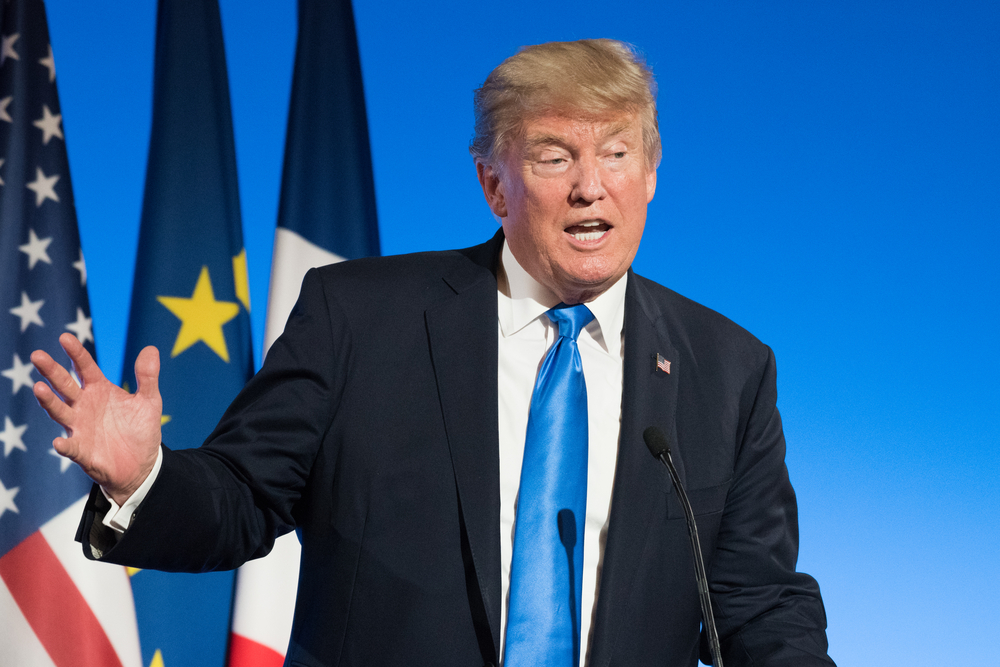- Summary:
- This past week, economic data took a backseat to actions being taken by governments to contain the spread of the coronavirus which has crippled the world.
This past week, markets mainly moved according to coronavirus-related news. It’s not all too surprising given the fact that daily life across the world has come to a standstill as governments scramble to contain the spread. As of this writing, the number of confirmed cases has risen to 537,808 with the US overtaking China with the most number of cases at 85,991.
Economic reports then took a back seat to these headlines as the Nasdaq, S&P 500, and Dow Jones rallied despite staggering figures of unemployment claims. In this article, I will take a look back to the week that was and pin-point the events that sparked volatility.
Read our Best Trading Ideas for 2020.
The Federal Reserve’s open-ended Quantitative Easing program.
We saw broad-based dollar weakness when Fed Reserve Jerome Powell announced that they would buy unlimited amounts of government bonds. This move follows after a series of easing measures from the central bank including a rate cut to 0.00% and liquidity stops. An open-ended Quantitative Easing program means that the Fed would print massive amounts of money. This was bearish for the US dollar because it dilutes its value as a currency.
China’s coronavirus situation improves.
This week it was announced that the Chinese government would begin the process of relaxing its lockdown on the province of Hubei, China. Touted as the epicenter of the coronavirus pandemic, the province has been put on strict lockdown since January 23. This development was the first sign of normalcy since the pandemic began to spread globally.
Read our Best Trading Ideas for 2020.
US Senate passes the $2 trillion relief package.
It was a classic buy-the-rumor-sell-the-news price action when the US Senate actually passed the coronavirus relief package. Days leading up to the bill being passed, equities markets and risk currencies rallied on risk appetite. It may have been the realization that the bill still has to be approved in Congress before it gets to Donald Trump which dampened sentiment.
Countries all over the world also rolled out their stimulus measures in response to the coronavirus pandemic.
Following the steps of the US, Canada released details of its coronavirus relief package. The Indian government also announced its own measures to support the economy alongside a rate cut from the RBI. Meanwhile, the BOJ and the Australian government hinted at adding more stimulus measures as the pandemic has yet to show any sign of stopping.


